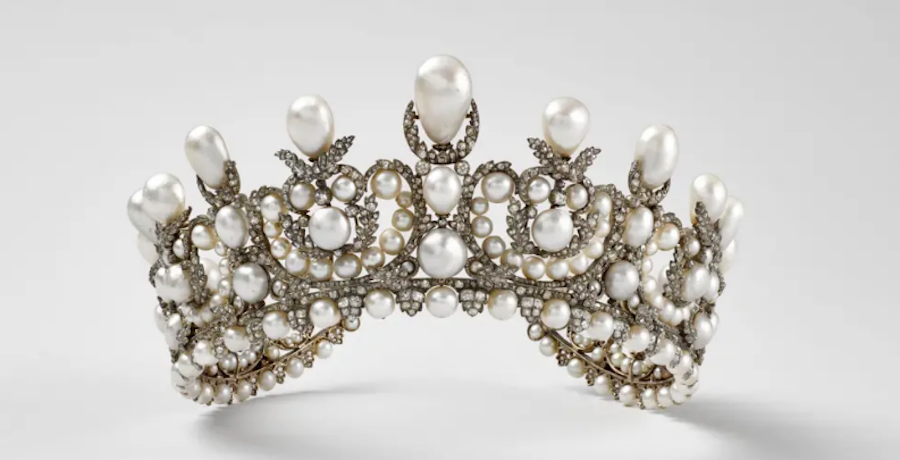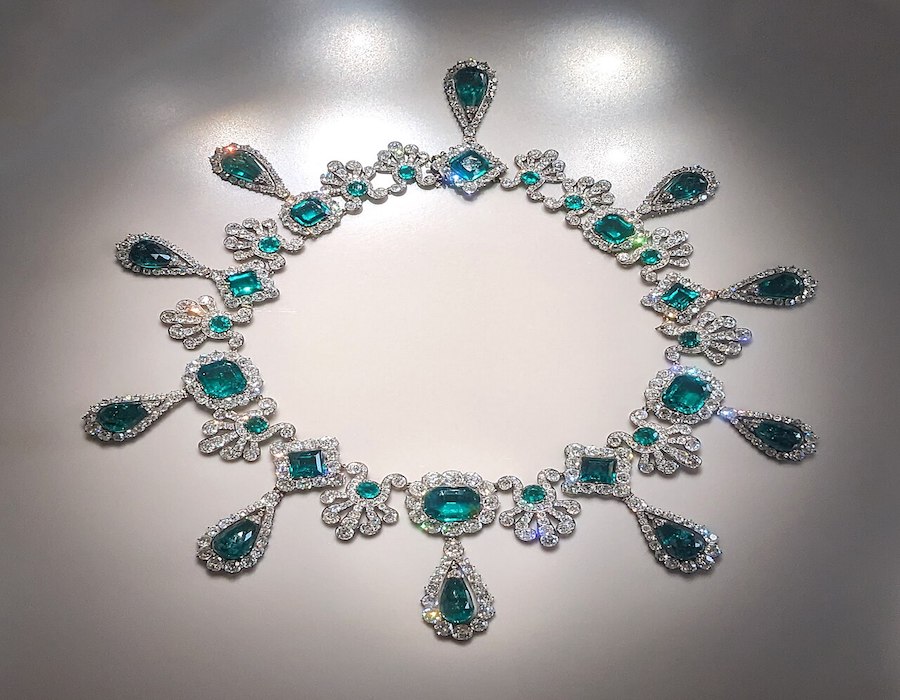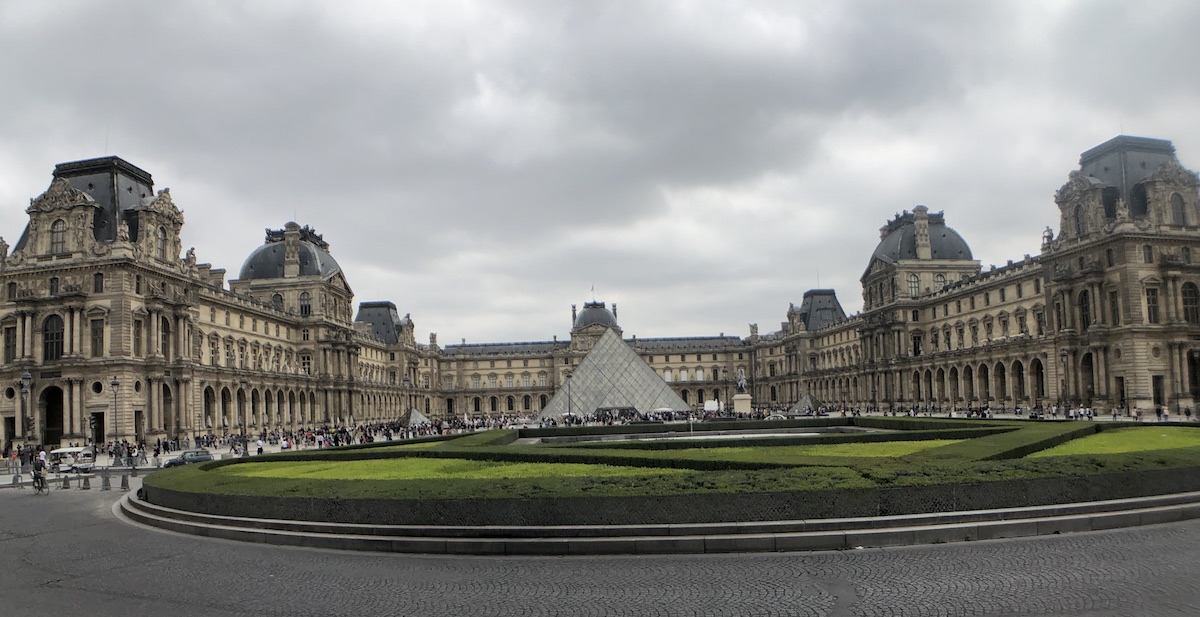Louvre Jewel Heist: French authorities have now confirmed the arrest of two suspects. One was intercepted at Charles de Gaulle Airport as he prepared to board a flight to Algeria; the other, reportedly bound for Mali, was detained shortly afterwards. The Paris prosecutor’s office announced the arrests on Saturday night but offered few details, wary perhaps of revealing too much as investigators race to recover what was lost.
DNA evidence found at the scene — along with a trail of discarded gloves, a high-visibility jacket, and, it seems, even a misplaced crown once belonging to Empress Eugénie — led police to their first breakthrough. The gang, thought to consist of four people, struck with precision and speed. They arrived just after the museum opened, using a vehicle-mounted mechanical lift to access a first-floor balcony overlooking the Seine. Within minutes, they had cut through a window, subdued the guards, and smashed the glass of two display cases. By 09:38, they were gone, vanishing on waiting scooters.
The brazenness of the act has rattled the French establishment. “Security protocols failed,” admitted Justice Minister Éric Dupond-Moretti, calling the robbery a “terrible image” for a nation that prides itself on safeguarding the treasures of civilisation. For many, the embarrassment cuts deep.

The Louvre, the most visited museum in the world, has always been both fortress and temple — an emblem of French cultural authority. That it could be so easily breached feels like a symbolic wound.
Early reports paint a troubling picture of institutional neglect. A preliminary review found that one in three rooms in the raided section lacked CCTV coverage. Worse still, the only camera monitoring the outer wall near the point of entry was angled away from the balcony that led directly to the targeted gallery. Museum director Laurence des Cars, addressing the Senate earlier this week, conceded that parts of the security infrastructure were “ageing” and insufficient. The thieves, it appears, understood the building’s vulnerabilities far better than those charged with protecting it.
The Gallery of Apollo, where the theft occurred, has long been one of the Louvre’s most spectacular spaces — a baroque corridor of gold, mirrors, and myth, its ceiling painted by Delacroix. It houses France’s collection of crown jewels, a reminder of a monarchy that once dazzled and imploded in equal measure. Among the stolen items were pieces linked to Napoleon III’s consort, Empress Eugénie, whose taste for opulence embodied the last great flourish of imperial France.
In the wake of the heist, French cultural institutions are tightening security across the board. The Louvre has transferred its remaining crown jewels to the Bank of France, where they will be kept in a vault 26 metres below ground — an extraordinary measure that underscores the scale of the embarrassment.

Behind the headlines lies a more profound unease about how such an institution could have fallen behind in protecting its collection. While the Louvre has poured resources into visitor experience, digital outreach, and blockbuster exhibitions, its physical security appears to have been left behind, relying on outdated systems and undertrained guards.
For now, the investigation continues. The arrested suspects can be held for up to 96 hours, during which time police hope to trace the network behind them. Authorities have not ruled out international coordination in the operation, given the destinations of the suspects’ intended flights.
The Louvre, for its part, has remained largely silent. Behind closed doors, museum staff are reportedly shaken — both by the theft itself and by the scrutiny it has invited. The French press has drawn comparisons with the 1911 theft of the Mona Lisa, when a handyman walked out of the museum carrying the painting under his arm. Then, as now, the theft became a draw for national anxieties about cultural stewardship and identity.
The irony is that the Gallery of Apollo, dedicated to light and grandeur, now sits in the shadow of its own failure. The jewels that were once housed beneath the gilded room may never return, but their absence will shine a harsher light on what it means to guard — or neglect — the material symbols of a nation’s past. The Louvre will recover its prestige, perhaps even its security. What it cannot easily recover is trust.
Photo © Artlyst 2025

